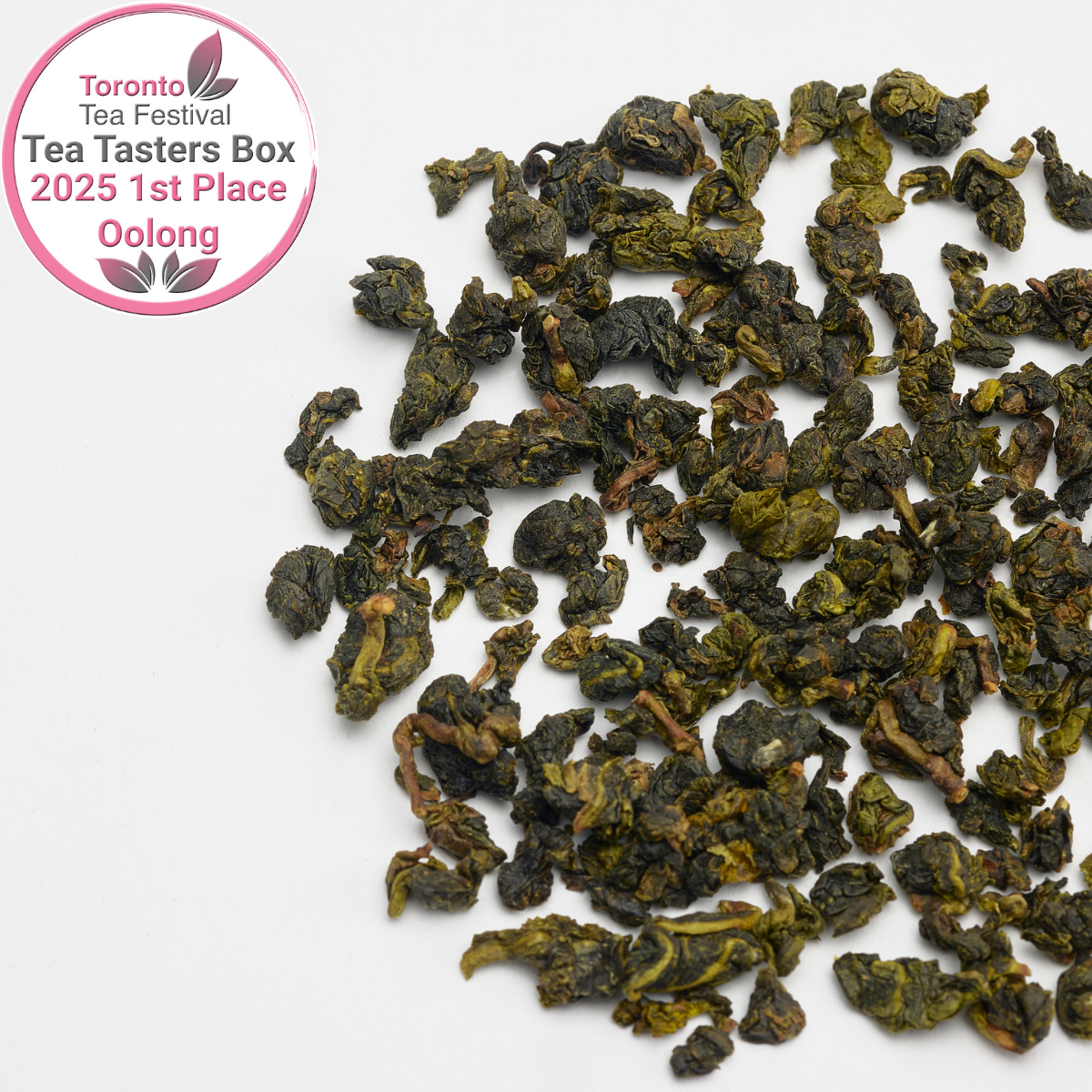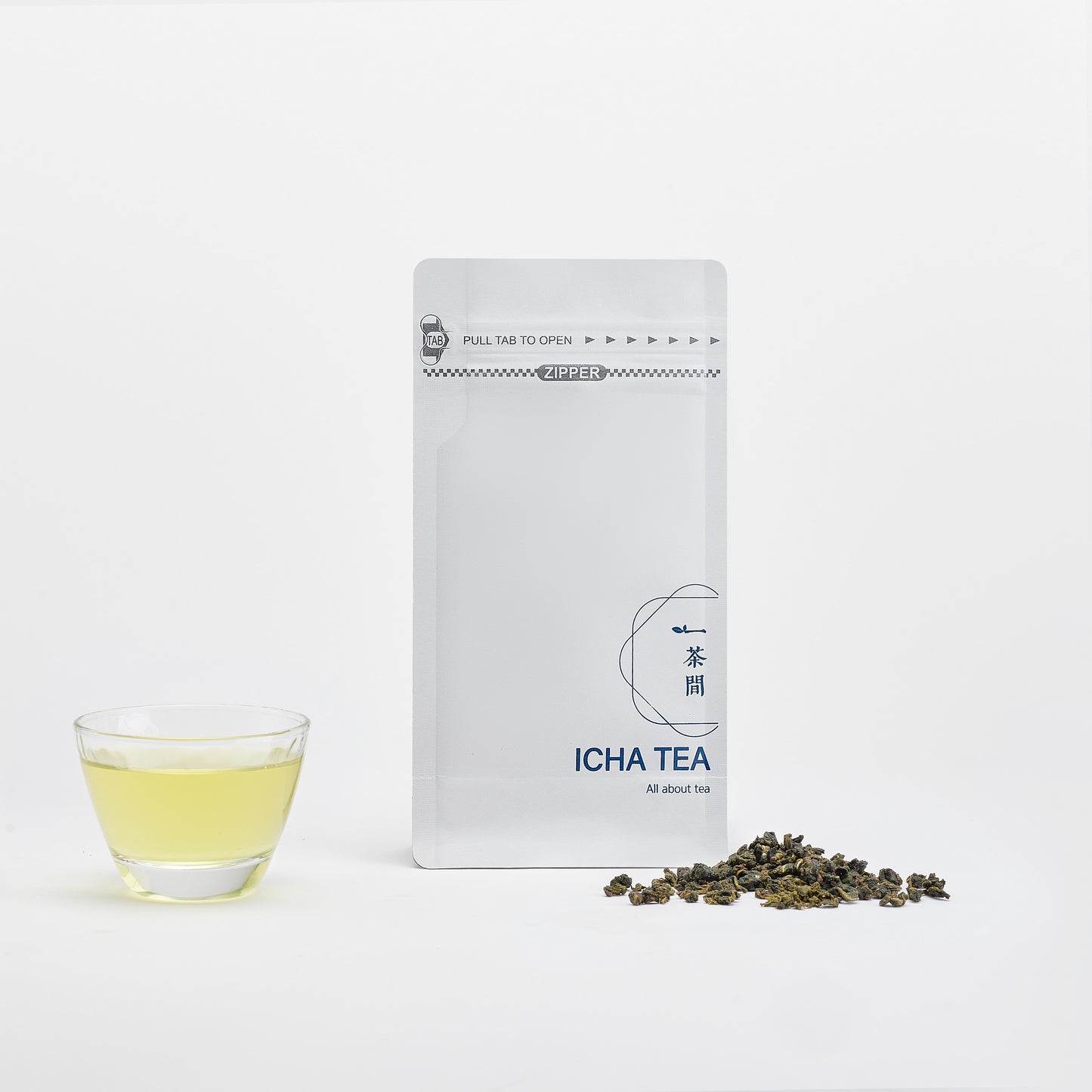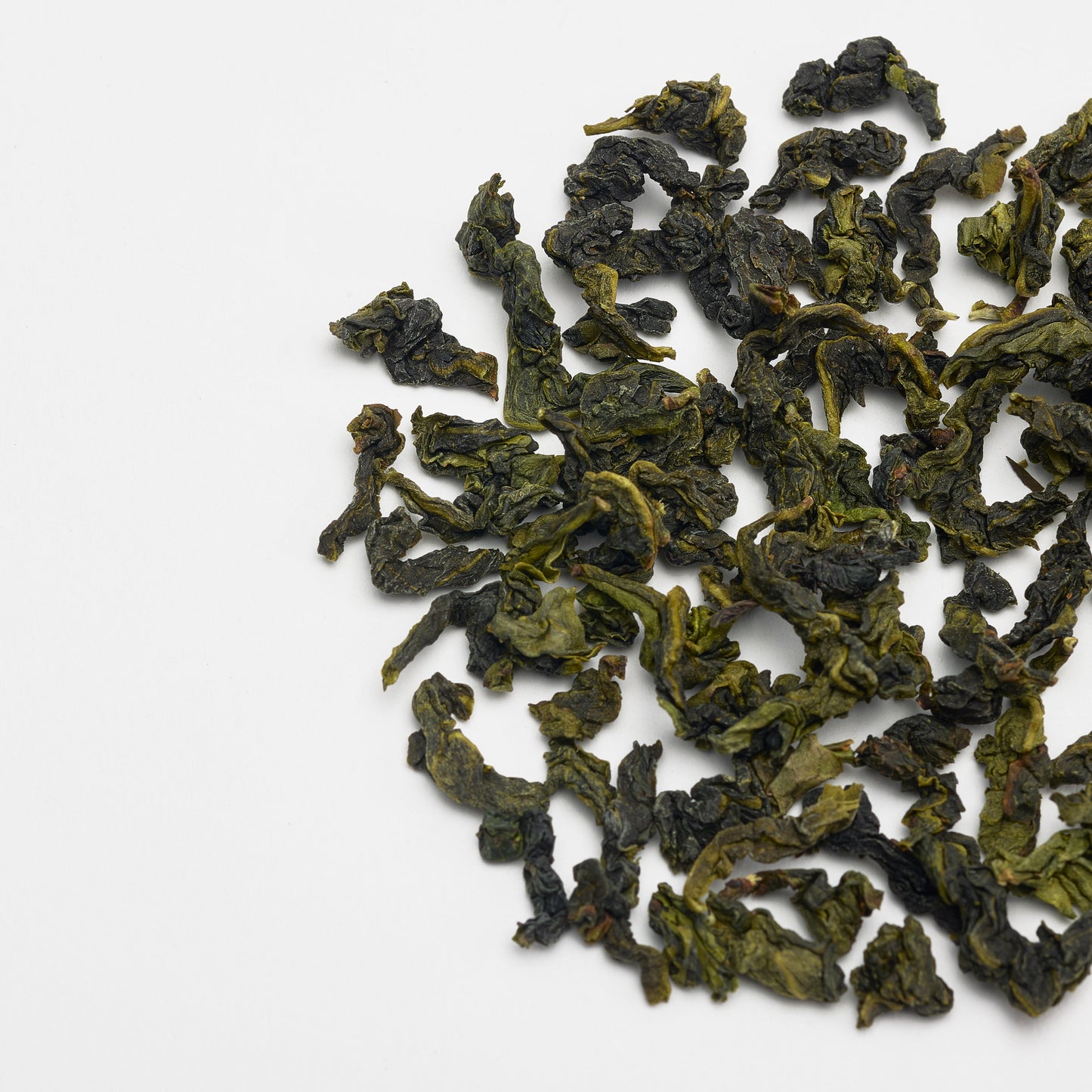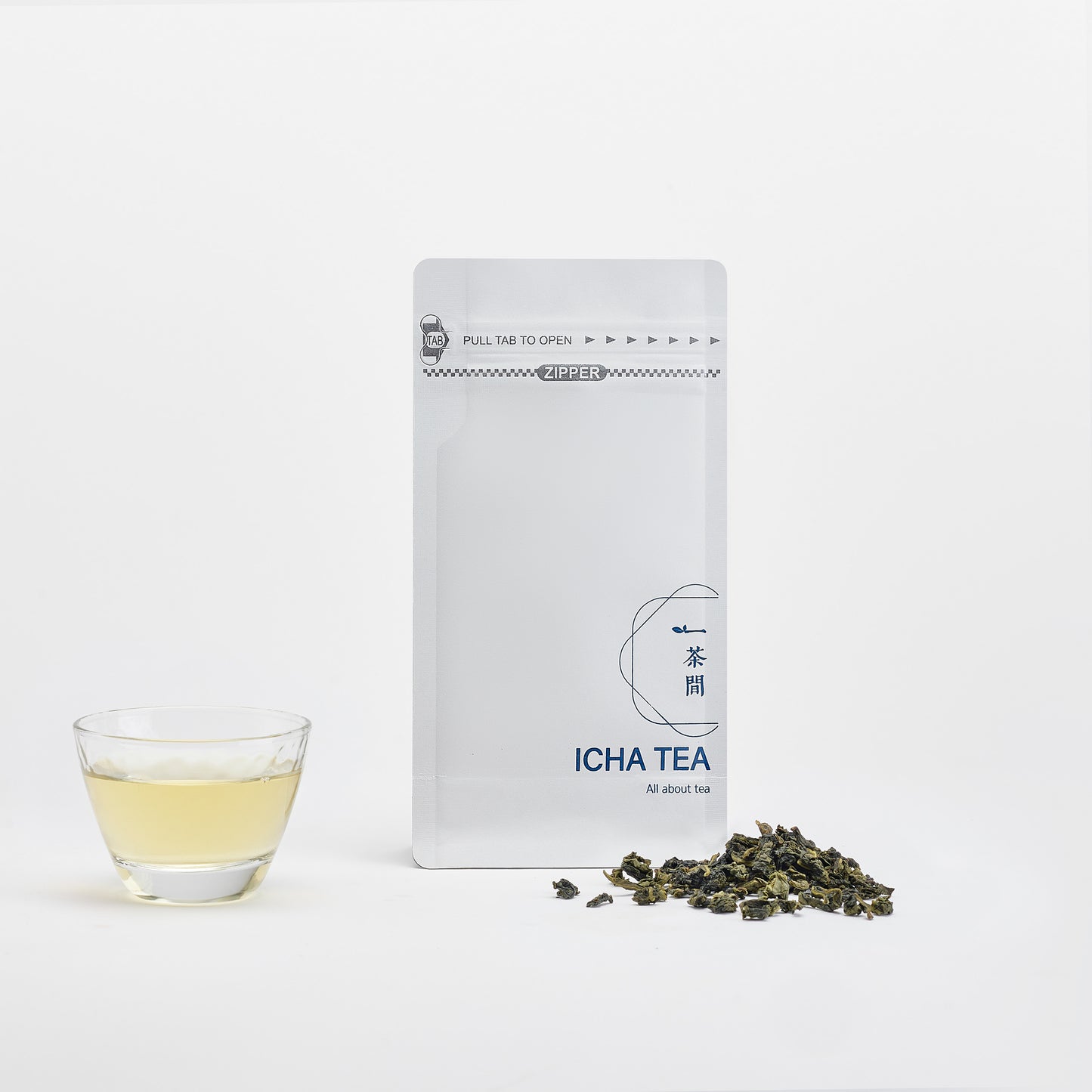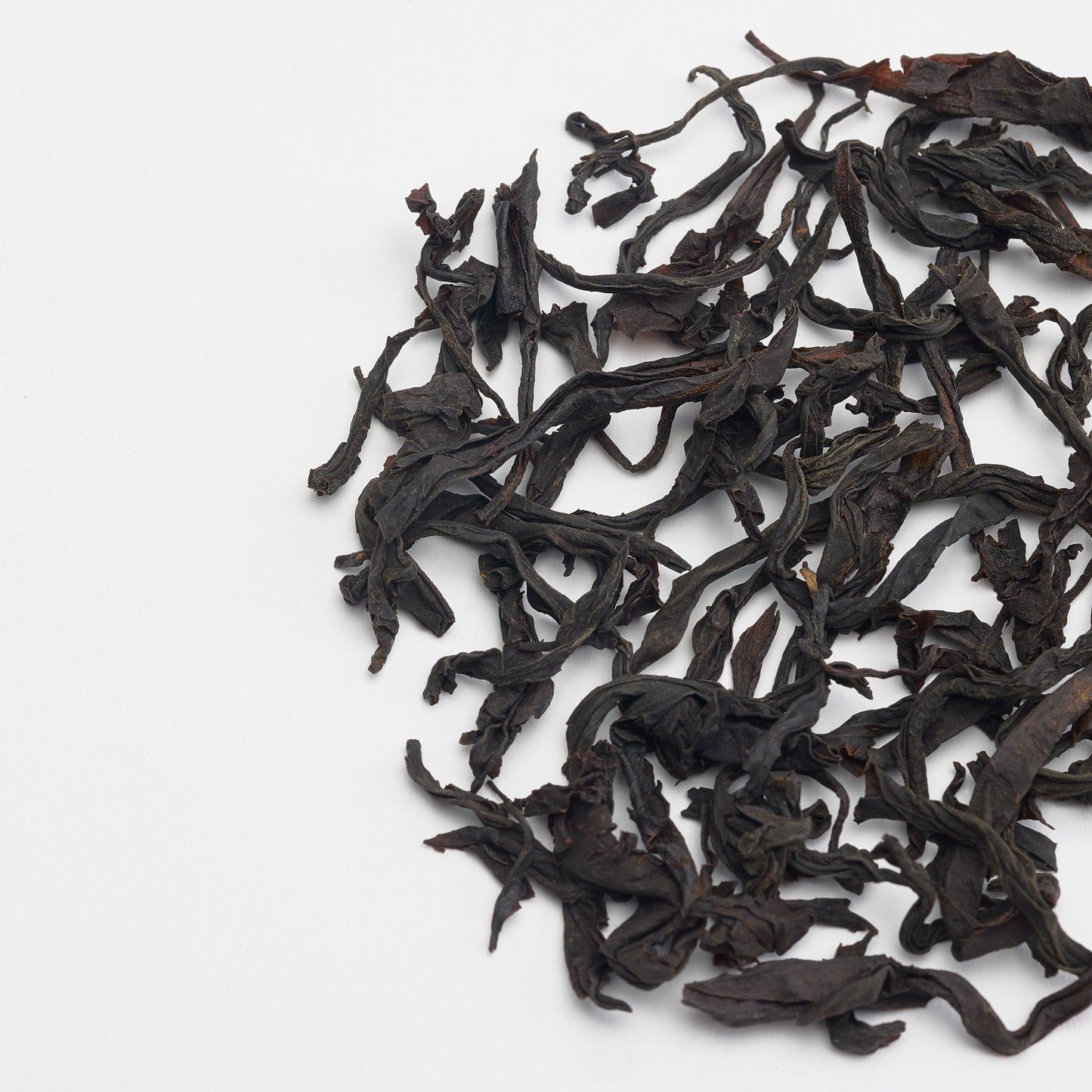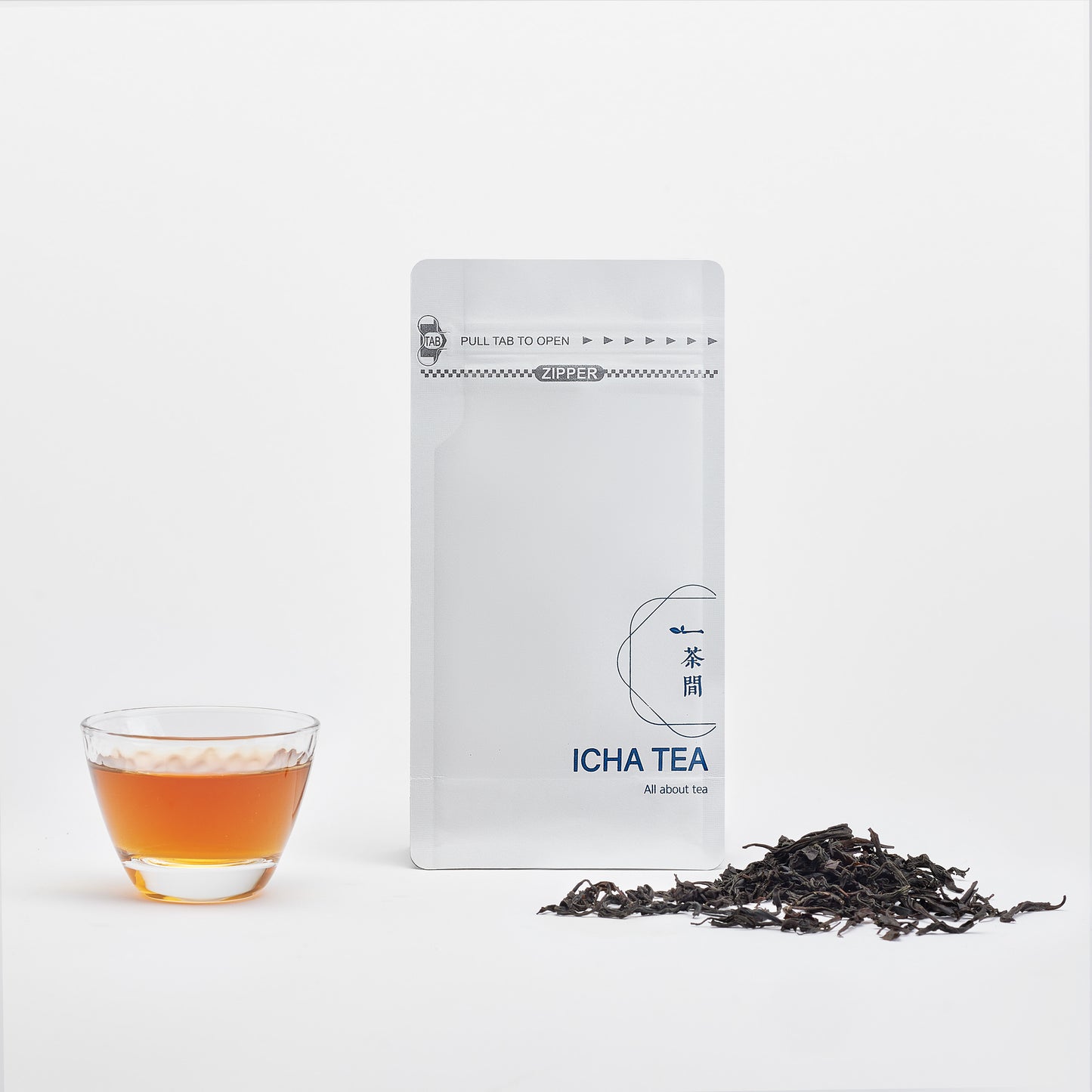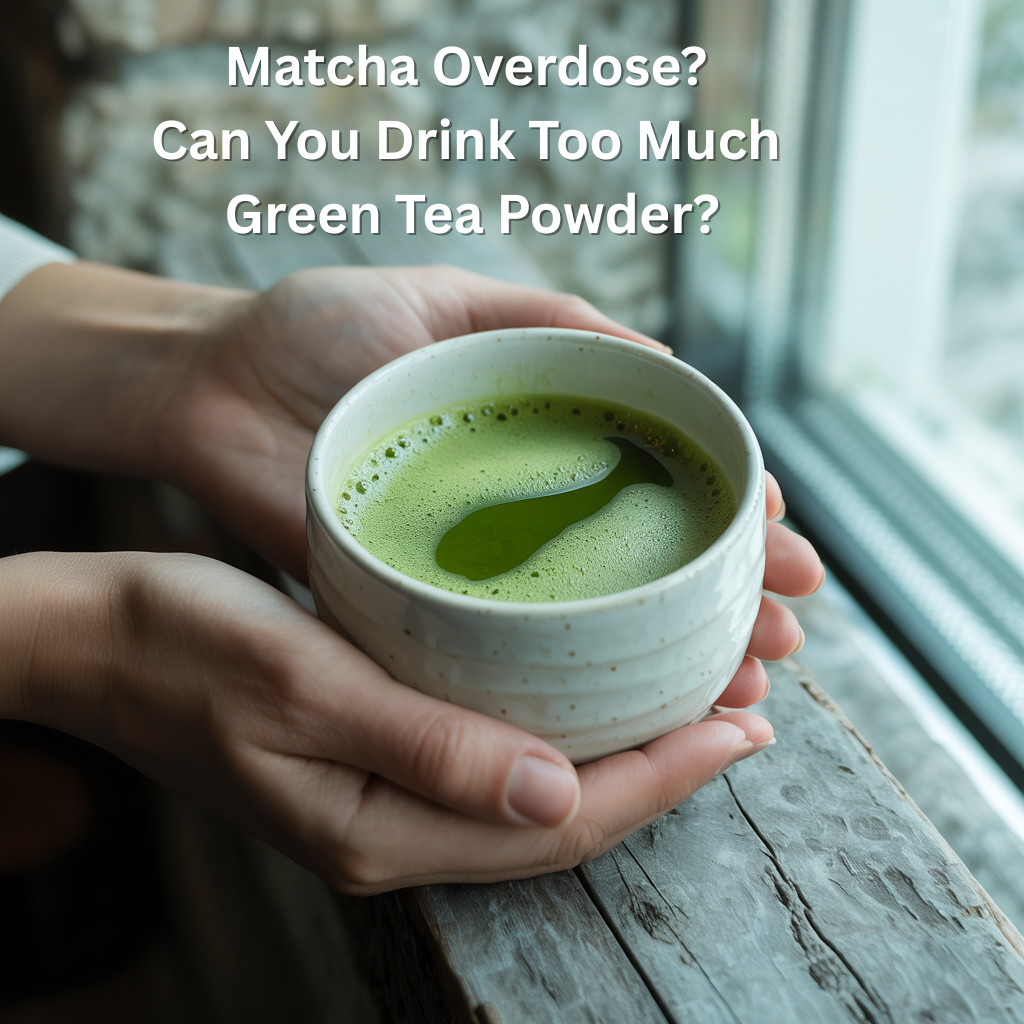
As matcha's popularity soars worldwide, many enthusiasts find themselves wondering about consumption limits. Can you have too much of this vibrant green superfood? While matcha offers impressive health benefits, like all good things, moderation remains key to maximizing its advantages while avoiding potential side effects.
Understanding your personal limits helps you enjoy matcha safely while reaping its full potential for enhanced energy, focus, and overall well-being. Let's explore the details behind safe consumption levels and discover how to find your perfect daily balance.
Can You Actually Drink Too Much Matcha?
Yes, you can consume too much matcha, but the threshold is surprisingly high for most healthy adults. Traditional Japanese consumption patterns provide reassuring evidence—many people in Japan enjoy three to five cups of matcha daily without adverse effects¹. This longstanding cultural practice suggests that moderate to high consumption is generally safe when using quality matcha.
The primary concern with excessive matcha consumption relates to its caffeine content rather than its beneficial compounds. Each teaspoon (2-4g) of matcha powder contains approximately 35-70 mg of caffeine, meaning you'd need to consume 6-12 cups daily to approach the FDA's recommended maximum caffeine intake for healthy adults⁵. The caffeine content varies depending on the quality of matcha and whether your servings are 2g or 4g per cup (1 or 2 teaspoons).
However, individual tolerance varies significantly based on factors like body weight, caffeine sensitivity, and overall health status. Some people may experience side effects with just one or two servings, while others comfortably consume much larger amounts.
What Are the Recommended Daily Limits?
Official health authorities recommend that healthy adults consume no more than 400mg of caffeine daily⁵. Translated to matcha servings, this allows for approximately 6-12 cups based purely on caffeine content, far more than most people would typically consume.
Research suggests the optimal range for health benefits lies between 2-4 servings daily². Studies examining matcha's cognitive and health benefits typically use doses within this range, with participants experiencing enhanced focus, improved metabolism, and stress reduction without significant side effects⁴.
Japanese population studies provide additional reassurance about long-term safety. Large-scale research following thousands of regular green tea drinkers over many years found that moderate to high consumption was associated with reduced mortality rates rather than increased health risks⁸. That means drinking lots of matcha is correlated with living longer!
Individual variation plays a crucial role in determining personal limits. Factors affecting tolerance include body weight, caffeine metabolism rates⁶, age, and existing health conditions. New matcha drinkers should start with smaller amounts and gradually increase consumption while monitoring their response. We'll discuss how to find this optimal amount further in this article.
What Happens When You Exceed Safe Amounts?
Consuming excessive matcha primarily triggers caffeine-related side effects rather than problems with its beneficial compounds. Common symptoms of overconsumption include jitters, anxiety, rapid heartbeat, and difficulty sleeping. These effects typically appear within hours of consumption and resolve as caffeine metabolizes from your system.
Digestive issues may also occur with very high intake due to matcha's tannin content³. Some people experience stomach upset, nausea, or diarrhea when consuming large amounts, particularly on an empty stomach. These symptoms usually indicate that you've exceeded your personal tolerance level.
Sleep disruption represents one of the most common consequences of excessive matcha consumption. Caffeine can interfere with sleep patterns even when consumed earlier in the day, as individual caffeine sensitivity varies widely. Poor sleep quality then creates a cycle where you might consume more matcha to compensate for fatigue.
Quality-related risks become more significant with higher consumption levels. Lower-grade matcha may contain contaminants, pesticides, or heavy metals that could pose health risks when consumed in large quantities over time.
In short, overdosing on matcha is going to have the same side effects as drinking too many coffee or espresso, although probably on a milder scale.
How Does Matcha Quality Affect Safe Consumption Limits?
Matcha quality significantly influences both safety and tolerance levels. Ceremonial grade matcha (or high-grade) contains higher concentrations of L-theanine, the amino acid that promotes relaxation and helps moderate caffeine's stimulating effects⁶. This natural balance means premium matcha often feels gentler despite containing similar caffeine levels to lower grades.
High-quality matcha undergoes rigorous testing for contaminants, pesticides, and heavy metals. ICHA TEA's commitment to traditional Japanese cultivation and processing methods ensures optimal purity levels, making higher consumption safer compared to lower-grade alternatives.
(Learn more about the truth between ceremonial vs culinary grade matcha)
Processing methods also affect safety profiles. Traditional stone-grinding preserves beneficial compounds while maintaining proper ratios between caffeine and L-theanine. Industrial processing may alter these natural balances, potentially increasing the likelihood of side effects⁷.

Who Should Be More Cautious About Matcha Intake?
Certain populations should exercise greater caution with matcha consumption. Pregnant and breastfeeding women should limit caffeine intake to 200-300mg daily. Most healthcare providers recommend staying within the 1-2 cup limit during pregnancy. That's based on 1 level teaspoon of matcha per serving.
Children and adolescents have lower caffeine tolerance due to their developing nervous systems and smaller body sizes. Young people should consume significantly less matcha than adults, with parents monitoring for signs of caffeine sensitivity.
Individuals with anxiety disorders, panic conditions, or heart arrhythmias may find that even small amounts of caffeine exacerbate their symptoms. These conditions warrant careful monitoring and possibly avoiding matcha altogether, depending on individual responses.
People taking certain medications should consult healthcare providers before regular matcha consumption. Blood thinners, stimulant medications, and some antidepressants may interact with caffeine, requiring dosage adjustments or avoidance.
How Can You Find Your Personal Optimal Amount?
Discovering your ideal matcha consumption requires systematic self-assessment. Start with one serving daily (1 level teaspoon), preferably in the morning, and monitor your energy levels, mood, and sleep quality over several days. This baseline helps you understand your individual response pattern.
Gradually increase consumption by half-servings every few days whilst tracking any changes in how you feel. Pay attention to both immediate effects and longer-term patterns, such as sleep quality and afternoon energy levels. Your optimal amount is the highest dose that provides benefits without causing unwanted side effects. You should feel a difference in effects when you double your dose, from 1 serving to 2 servings per day, or if you increase the serving size from 1 teaspoon to 2 teaspoons.
Timing significantly affects tolerance levels. Morning consumption typically causes fewer sleep disruptions, while afternoon matcha may interfere with evening rest. Experiment with different timing patterns to find what works best for your schedule and circadian rhythms. If you are very sensitive to caffeine, treat matcha like coffee and do not consume it after noon or 1 pm, depending on when you want to go to sleep. It takes 1.5 - 9.5h for half of the caffeine to be eliminated from your body, according to this research. This means there is massive variation from person to person on how fast we metabolize caffeine, and indeed some people can drink matcha in the evening and go to sleep a couple hours later.
Distribution throughout the day often works better than consuming large amounts at once. Two smaller servings (half a teaspoon) spaced several hours apart may provide more sustained benefits with fewer side effects than one large serving (full heaping teaspoon).
Quality testing can help refine your optimal amount. Many people find they can consume more high-grade matcha comfortably compared to lower qualities, thanks to better compound balance and reduced contaminants.
You can browse our recommended high-grade matcha selection here.
Stick to 2-4 Servings Daily
Most healthy adults can safely enjoy 2-4 servings of quality matcha daily, with some individuals comfortable consuming even more. There is a large variation in how fast each of us metabolizes caffeine, so experimentation and observation are important. Key factors are choosing premium matcha, starting gradually, and listening to your body's responses. Quality matters significantly! Investing in ceremonial grade matcha (or high-grade) from reputable sources like ICHA TEA ensures you're getting the cleanest, most balanced product for safe daily consumption.
If you have specific health concerns or take medications, consulting with a healthcare provider ensures the safest approach to incorporating matcha into your wellness routine.
Other Articles You Might Enjoy
- Can Matcha Help Students Study?
- Matcha vs Hojicha: What Are The Differences?
- Matcha Tea Focus and Concentration Benefits
- How the Japanese Really Consume Matcha Today
Important Note: The information in this article is for educational and informational purposes only and has not been evaluated by Health Canada or the Food and Drug Administration. This content is not intended as medical advice, diagnosis, or treatment. Individual results may vary, and we recommend consulting with a healthcare professional before making significant changes to your caffeine intake or wellness routine.
References
- Unno, K., et al. (2018). Stress-reducing function of matcha green tea in animal experiments and clinical trials. Nutrients, 10(10), 1468. https://doi.org/10.3390/nu10101468
- EFSA Panel on Food Additives and Nutrient Sources added to Food (ANS). (2018). Scientific opinion on the safety of green tea catechins. EFSA Journal, 16(4), e05239. https://doi.org/10.2903/j.efsa.2018.5239
- Pervin, M., et al. (2018). Beneficial effects of green tea catechins on neurodegenerative diseases. Molecules, 23(6), 1297. https://doi.org/10.3390/molecules23061297
- Dietz, C., Dekker, M., & Piqueras-Fiszman, B. (2017). An intervention study on the effect of matcha tea, in drink and snack bar formats, on mood and cognitive performance. Food Research International, 99, 72-83. https://doi.org/10.1016/j.foodres.2017.05.002
- Temple, J.L., et al. (2017). The safety of ingested caffeine: a comprehensive review. Frontiers in Psychiatry, 8, 80. https://doi.org/10.3389/fpsyt.2017.00080
- Kochman, J., et al. (2021). Health benefits and chemical composition of matcha green tea: A review. Molecules, 26(1), 85. https://doi.org/10.3390/molecules26010085
- Higdon, J.V., & Frei, B. (2003). Tea catechins and polyphenols: health effects, metabolism, and antioxidant functions. Critical Reviews in Food Science and Nutrition, 43(1), 89-143. https://doi.org/10.1080/10408690390826464
- Kuriyama, S., et al. (2006). Green tea consumption and mortality due to cardiovascular disease, cancer, and all causes in Japan. JAMA, 296(10), 1255-1265. https://doi.org/10.1001/jama.296.10.1255

